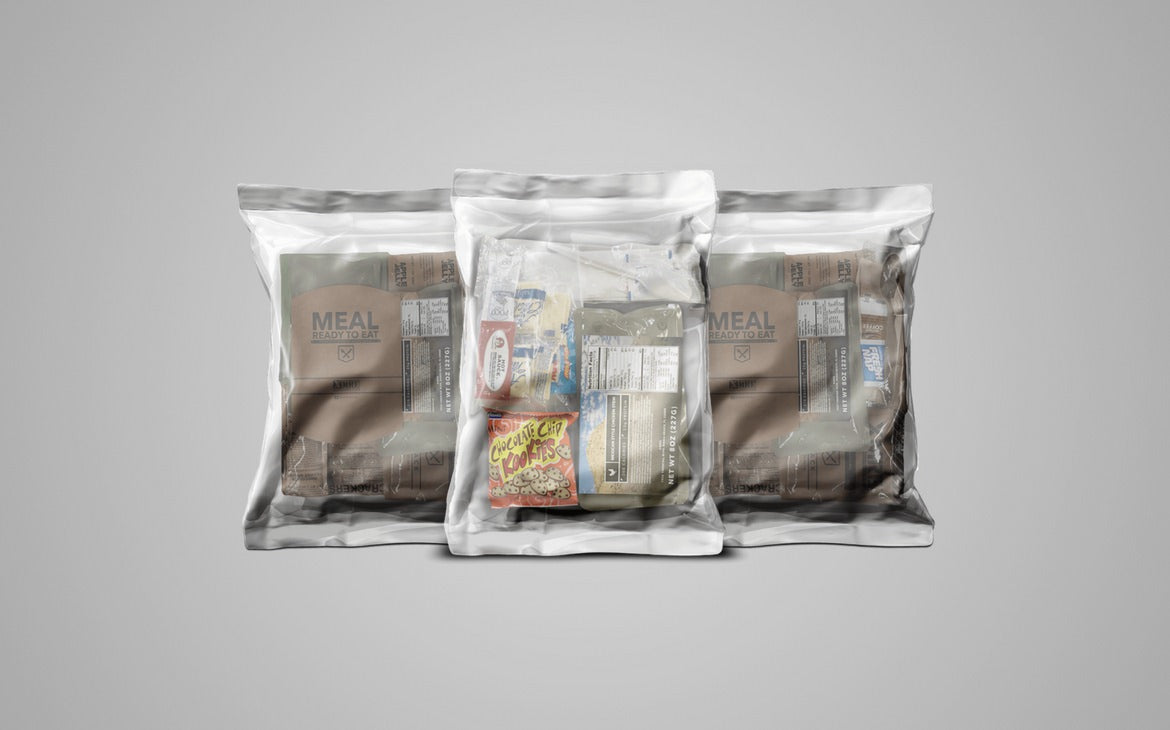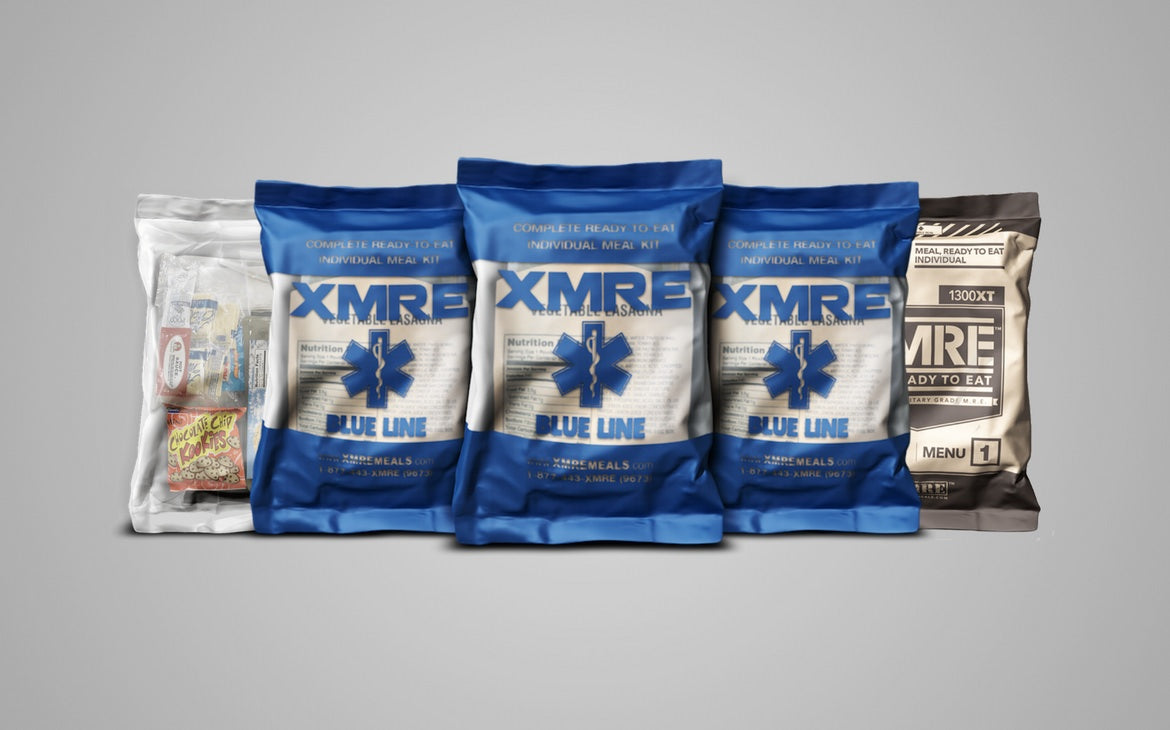Back then before MRE were developed, soldiers stomached an excess of foods, of which none of all those were popular. In the 1900s, soldiers were given field rations which were known as “Reserve ration,” and it only included one pound of dehydrated meat and a hardtack biscuit.
However, because of its nutritional deficiency; in 1938 the meal was replaced with the popular “C Ration.” As you probably know, the C ration was a “wet” food, which was canned, contained, and pre-cooked. The meal was intended for limited consumption, but there were times when there wasn’t access to the camp’s kitchen.
After years, the C ration was finally removed with yet another wet ration known as MCI (Meal, Combat Individual) ration. The good thing about this product is that it showed little improvement to the C-ration. However, even though this was the case, it was widely disliked by soldiers. Nevertheless, it remained in use until MRE first appeared in the field in 1983.
NOTE: The first MRE was produced in 1975, but they were used in the field in 1983. This means that soldiers used MCIs until 1983.
After years and years of trying to manage tinned foods in the field, the MRE (Meal, ready to eat) ration was promising. The only problem was that the first MREs were plain and unpopular. However, nutritionists looked for ways to improve and diversify ration packs.
MRE Rations Development (1964 to 1982)
After the department of defense recognized all the challenges relating to developing nutritional meals for the soldiers, they turned to MRE rations. This took almost 2 decades for the production of appetizing MREs. The facts show that large amounts of MRE rations were not eaten during the early years of its creation. For this reason, the military nutritionists focused on improving the product further.
The Improvements That Occurred In The 1980s
In an effort to encourage soldiers to eat MRE and support their fighting skills with the right nutritional intake; MRE developers increased portion sizes as well as introduced diversity in the rations. The developers added sweets, cold beverages, and hot sauces all with the aim of boosting consumption. Every year, military grade MRE keeps on improving and therefore, ingredients change with time.
During Operation Desert Storm, the U.S. army was given MREs that were out of date, which led to a lot of criticism. The world’s media reported on this, and there was speculation that the ration packs were even distasteful to even those living in the third world countries. This cause the public to worry about nutritional needs and the overall health of the military personnel.
Well, even if the above story is true, MRE has improved drastically since they first appeared in the field in 1983. Back then, a field study was conducted for 34 days with the twenty-fifth infantry division. They did not eat anything else but MREs, for all meals of the day. The troops rated them as acceptable but consumption was still low. Another test was done in 1986 with the same division, but this time, there was an increased consumption.
Due to all these tests, a lot of improvements were made possible. It started with the 1988 MREs (which are also known as MRE XVIII). It also came in a variety of entrees. After further field tests and as a result of early feedback from Operation Desert Storm, more changes were made which started with MRE X. This MRE saw the introduction of freeze-dried coffee, dehydrated fruits, and commercial candy.
As years passed, more changes took place. Recommendations were made by a joint panel to at least replace 2 menus every year, as a way to improve accessibility. This technique saw various entrees changing. Late 1994, 3 main changes occurred:
• Commercial-like features were added (due to a study that showed commercial packaging causes acceptance and increases consumption)
• The MRE bags and components were made easy to open
• Biodegradable spoons were added to the packaging to make it environmentally friendly and also longer which made it easy to access the meals
During the same year, a study was conducted and concluded that increasing the number of menus from 12 to 24 was a great idea to overcome menu monotony. This allowed MREs to be used for a more extended period. The 24 menus were finally arrived at in 1998. At the same time, the importance and demand for civilian MRE began. By the end of 1999, civilian MRE was introduced into the market. They quickly gained popularity in 2000, which was mainly inspired by the rush to stock up on food and other emergency supplies.
Came 2001, where the demand dropped. The need for civilian MRE turned around the year 2004 and 2005 after tsunami and hurricane Katrina hit. This market saw more companies venturing into producing legitimate, branded civilian MREs. This fact also saw all three leading Military grade MRE manufacturers venturing into manufacturing civilian MRE.
Because military grade MREs are not sold to the public; today more and more companies are venturing into producing civilian MREs.


Leave a comment
This site is protected by hCaptcha and the hCaptcha Privacy Policy and Terms of Service apply.